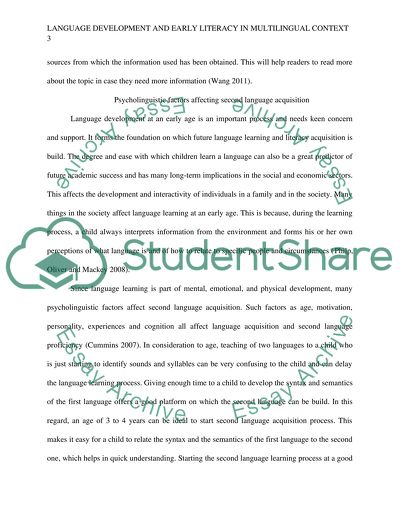Cite this document
(“Language development& early literacy in multilingual context Essay”, n.d.)
Retrieved from https://studentshare.org/visual-arts-film-studies/1644095-language-development-early-literacy-in-multilingual-context
Retrieved from https://studentshare.org/visual-arts-film-studies/1644095-language-development-early-literacy-in-multilingual-context
(Language development& Early Literacy in Multilingual Context Essay)
https://studentshare.org/visual-arts-film-studies/1644095-language-development-early-literacy-in-multilingual-context.
https://studentshare.org/visual-arts-film-studies/1644095-language-development-early-literacy-in-multilingual-context.
“Language development& Early Literacy in Multilingual Context Essay”, n.d. https://studentshare.org/visual-arts-film-studies/1644095-language-development-early-literacy-in-multilingual-context.


